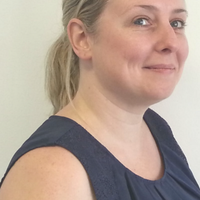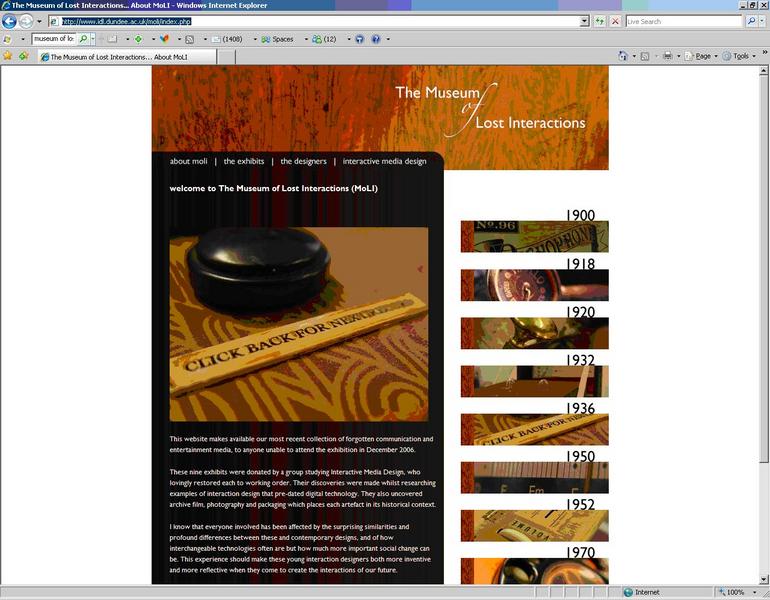Online museum gives insight into tech past
Students at the University of Dundee have created a web-based Museum of Lost Interactions so that people can get a better understanding of the gadgets and gizmos people used in the past.


Tech fans eager to get a glimpse into devices and gadgets of old can now do so easily thanks to a new online museum.
The Museum of Lost Interactions, which contains electronic artefacts discovered by students at the University of Dundee, has become popular around the world, according to its creators.
Among the items on display are an early music downloading tool from the 1920s called an Acoustograph and the 1950s Zenith Radio Hat.
Mobile phone boffins will also be interested by what the museum has to offer. Long before the thing many of us associate with early mobile devices - the brick - ever existed, we had the portable Morse Code device, which has been hailed as the earliest precursor to the mobile phone.
The site has generated a great deal of attention from the web community, including those in the blogosphere. Such is its popularity, around 25,000 other sites now link to the museum.
"The interest in this project has been phenomenal and we are delighted that so many people are now logging on to discover our collection," said Shaun McWhinnie, one of the 'archaeologists' studying the university's interactive media design course.
"These are amazing artifacts which offer a thought provoking reflection on the ubiquitous technologies of our present society, and show how such devices would have looked in the pre-digital world."
Sign up today and you will receive a free copy of our Future Focus 2025 report - the leading guidance on AI, cybersecurity and other IT challenges as per 700+ senior executives
The idea behind the museum came about when a tutor asked his third-year students to study lost and dead media and build models of fictitious products that might be the lost precursors to modern-day devices and media.
"The reaction to the museum itself, and the subsequent international publicity, has been overwhelming, but thoroughly deserved: the students' attention to detail exceeded even my expectations," said module leader, Graham Pullin.
"This experience has improved their design skills, but they have also learnt how to communicate their designs to a wider audience and been exposed to the role of design as commentary on broader social issues."
Maggie has been a journalist since 1999, starting her career as an editorial assistant on then-weekly magazine Computing, before working her way up to senior reporter level. In 2006, just weeks before ITPro was launched, Maggie joined Dennis Publishing as a reporter. Having worked her way up to editor of ITPro, she was appointed group editor of CloudPro and ITPro in April 2012. She became the editorial director and took responsibility for ChannelPro, in 2016.
Her areas of particular interest, aside from cloud, include management and C-level issues, the business value of technology, green and environmental issues and careers to name but a few.
-
 Google is scrapping its dark web report feature
Google is scrapping its dark web report featureNews Google said while the dark web report feature offered “general information”, the tool didn’t provide “helpful next steps” for users potentially impacted by a breach.
-
 AI means you're probably going to need bigger developer teams
AI means you're probably going to need bigger developer teamsAnalysis Software developers may be forgiven for worrying about their jobs in 2025, but the end result of AI adoption will probably be larger teams, not an onslaught of job cuts.
